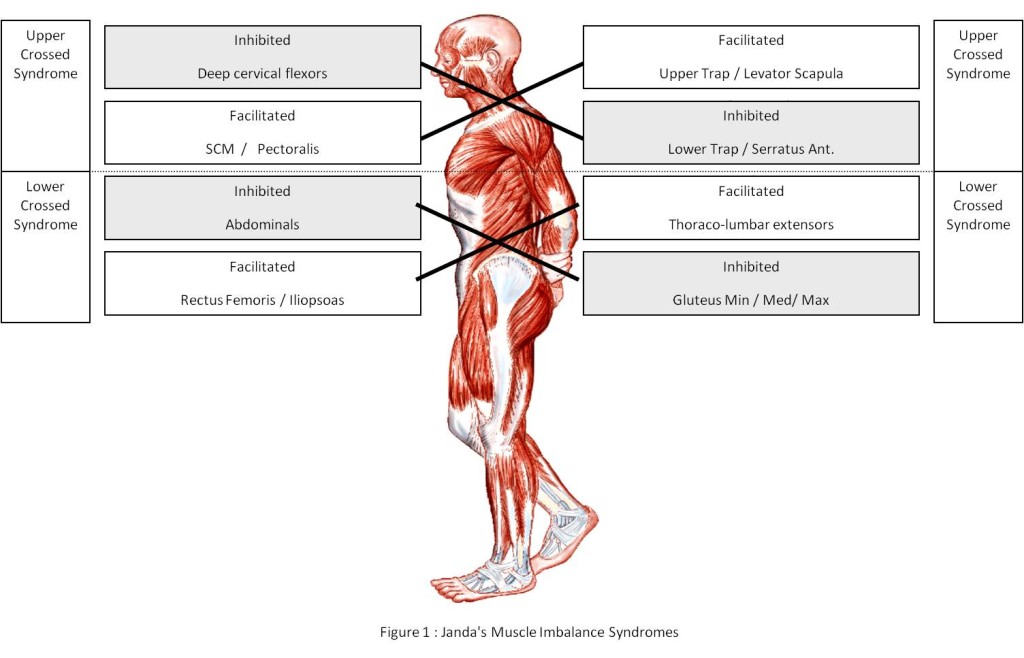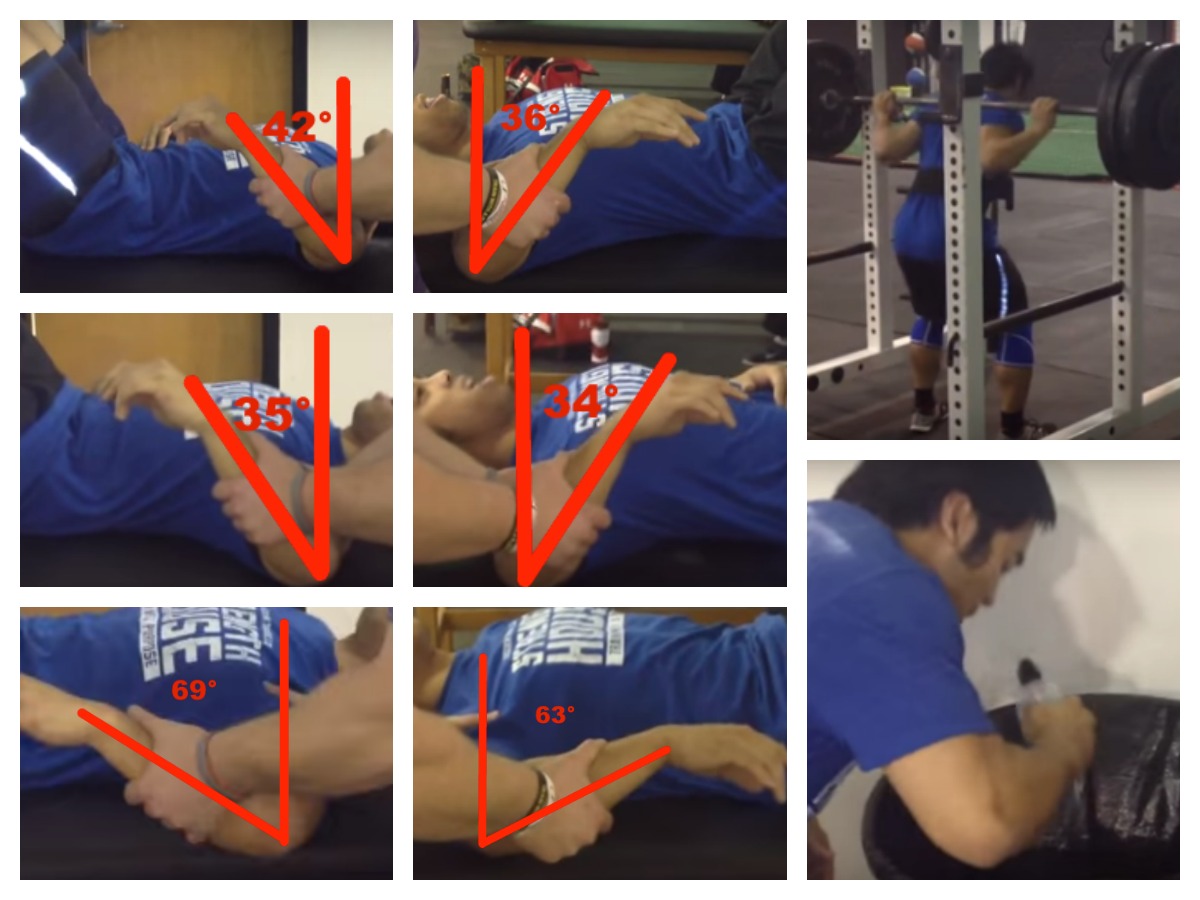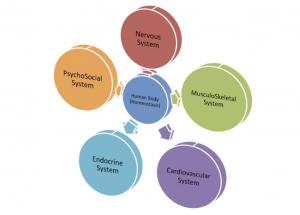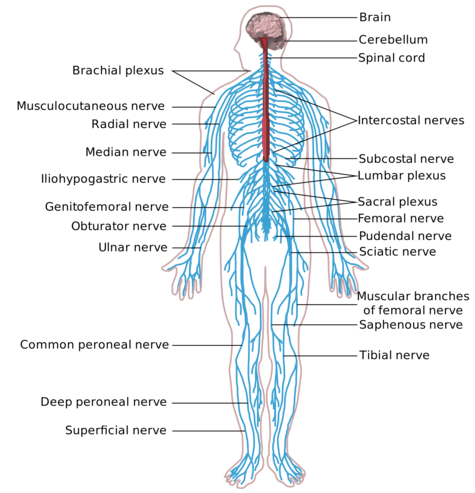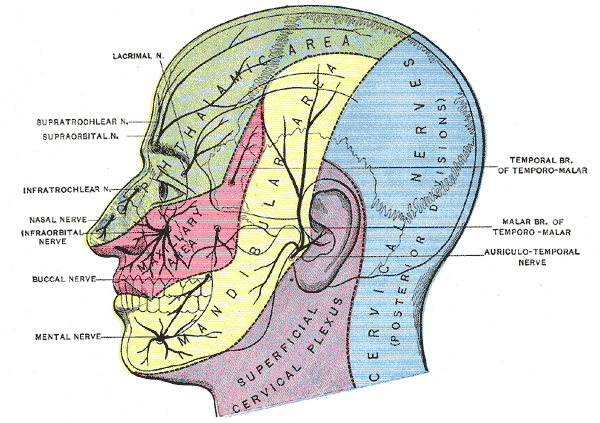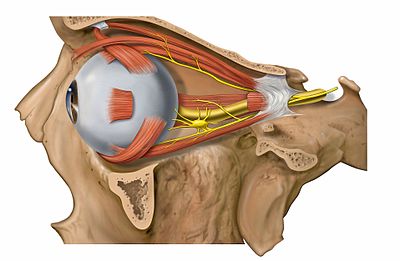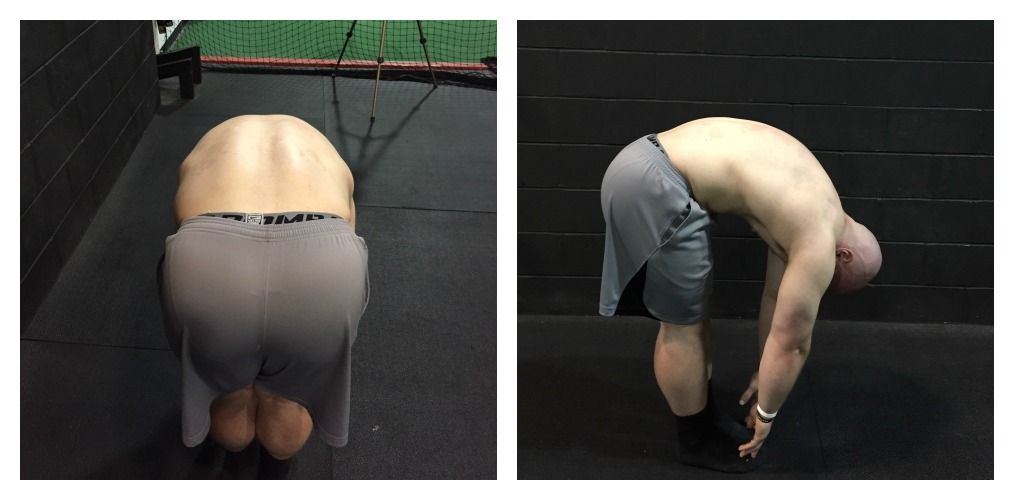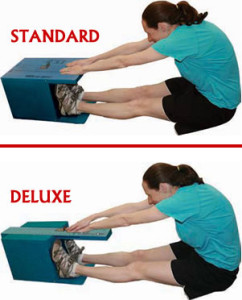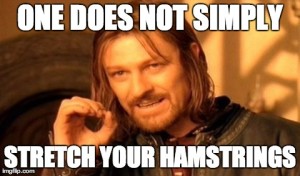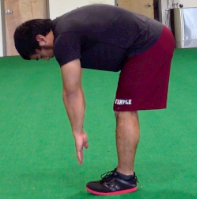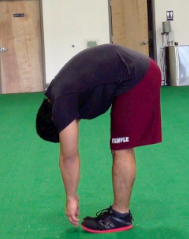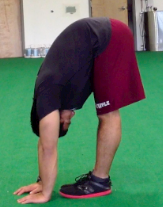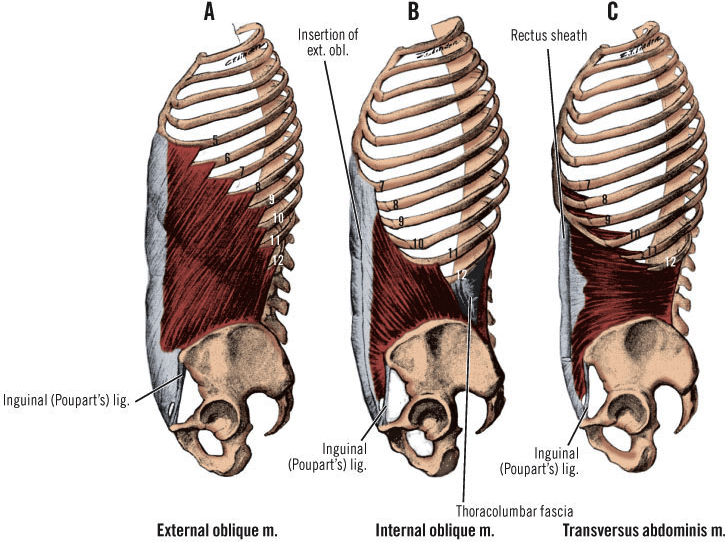For what it is worth, whenever I see the crowd do one thing, I will often opt to go and do the opposite. Barring running towards danger, this is often how I operate, just reverse engineering things.
- Do you reflect on your thoughts? Because they become actions eventually.
- Yes, there is no time like the present, and perfect is the enemy of great.
- I understand that intellectually, but what happens when you need to refine your thought process in order to further improve your practice?
- Phones off, spend time with loved ones, then aggressively work when doing whatever it is you need to do.
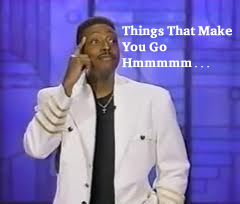
Thus my long time away from publishing anything of significance.
With that said, here are several points on several topics that keep on re-entering my head over and over again. Perhaps I will make these individual blog posts and more fleshed out if necessary.
Selling Your Thoughts
Pitching sales to parents over and over is one of the most interesting things that will probably continue to interest me for quite some time. I can always see their justification, and when I ask what is it they want from training for their son/daughter, they respond with an answer that they derived from another source. This source is of course never really their own thoughts, because well, it is impossible for them to identify these things unless they too are well versed in exercise physiology and anatomy.
The keys here are to identify how to best serve their son/daughter with what they truly need physiologically, along with meeting the demands of what the parents want.
The things you want for little Johnny will be a little different in practice than what you have seen on YouTube or even Instagram now.
This is good stuff on Instagram.
Assessing for Function and Performance
When performing an assessment with the context of identifying key biomechanical positions, it is imperative to understand how an individual arrived at said results of the assessment. Do they have any gaps or missing key performance indicators (KPIs)? If yes, is it due to of chronic activity? Overuse symptoms? Or was it from a contact sport or injury? If no, what is the road they need to take to improve fitness qualities as fast as possible?
One day I asked Mike Cantrell during a lunch break at a Postural Restoration Institute (PRI) course, “What is the origin of dysfunction? How can we tell what is really happening?” Considering the amount of time we’ve spent together talking about anatomy and being immersed somewhat in-depth on these topics, he gave me an answer in true Jedi like fashion, “That is the question we are all trying to answer.”
What I’m likening this question to is “What caused you (the individual, the movement) to present in such a fashion?”
- Was it contact with an external force?
- Were your connective tissues not strong enough to hold the forces and torques you put your body through internally?
- Was it degradation of tissue quality, and then eventually a scenario where the “straw that broke the camel’s back” occurred?
- What is your equipment selection like?
- What shoes are you constantly wearing when doing said activity?
- Do you sleep well?
- What is your psyche when performing said activity?
- Are you trying to copy someone or are you trying to find your own way? (I’ve gotten some interesting answers from this one, especially with respect to the several postural and gait methods available online.)
- Are you sick, or were you sick recently (general inflammation of joints can cause false positives in a movement screen)?
- Is there anything else not related to the main reason you are here (to develop fitness qualities, to transition from rehab to fitness, to improve aesthetics, etc.) that would stop you from exercising that you feel I should know about?
- Are you presenting the way you present because of a medical reason?
These are all variations of questions I’ve asked, or thoughts in my head, that have allowed me to see deeper into the results of just a black or white movement assessment.
After hopefully determining the root cause, you can begin to fill in the gaps.
Further, the results of the assessments are not all they’re cracked up to be.
After the assessment, you need to actually do something about it. Do you begin peeling back the layers of the onion? Do you just begin with their strengths and forget their weaknesses in the moment? Each question has their own set of pros and cons – it is up to you to decide, kind of like those old Goosebump novels.
Fitness Qualities in Youth Athletes
When looking to improve general fitness qualities of a youth athlete, barring joint issues or contact injuries, it is really quite simple from a movement perspective. I usually follow a Dan John-esque movement library of:
- Push
- Pull
- Squat
- Hinge
- Single Leg Stuff
- Core and Resisting Motion at the Core
- Locomotion
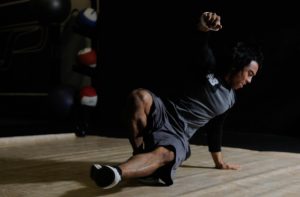
Anything outside the scope of these may translate into more of a special exercise, ie looking to hit benchmarks in ranges of motion, improving eccentric strength of the rotator cuff, and/or guiding the youth athlete along the continuum of safe specific adaptations to an imposed demand on not only fitness qualities, but also with respect to Wolff’s Law.
If your child is going to be a Chinese gymnast or Olympic weightlifter, don’t worry – you can still practice those special movements, while still getting brutally strong by following these simple movements with the appropriate weight selections.
When they get bored of these movements do these things, depending on the age:
- Challenge them. What child does not like to be gently encouraged to give a 1% more effort?
- Make it a game. I’ve played Red Light, Green Light with single leg hops and squats, all after performing these big movements over and over, and after performing med ball circuits. It isn’t that these kids are getting bored, it is you the coach that is boring.
- Entice them. There are certainly good kids and bad kids, and curbing bad behavior is difficult especially when there are 10+ kids in a group. But tell them you will attempt to do a dance move (insert the robot, the worm, or if you can really dance, then do so) if they pay attention and do a good job for the next 10-15 minutes. Then, follow through. Word is bond. Again, it isn’t that the kids are getting bored, you are boring.
Motor learning can occur in a much more emotionally driven environment, much more than some random trainer monotonously counting repetitions while your kid is struggling with the concept of a lunge or push-up. Just go and play a game while having certain constraints, and you will achieve both fitness qualities plus laughter.
Further, if these children are going to be in your program for (x) amount of years, begin grooming them on weight room etiquette, and begin to describe what it is like in the higher levels, so they can begin to form an idea in their brains on what they need to do to continue improving, or if they even want to be there in the first place.
Being Authentic
Copying what others do is not wrong. There isn’t really a right. But when you find out what makes you tick, and how you view the world, that is how you can genuinely walk and influence others more easily in a positive light. There is authenticity in your thoughts, words, and it reflects in actions that can’t be copied anywhere else.
But first you need to find out how you view the world and what makes you tick. After you do this, communicate this with those you are serving so that expectations are met.
Gaining Trust
Gaining trust is something that will always be challenged. If you lose someone’s trust, the hoops you have to jump through in order to re-gain their trust are several and sometimes, complex. See above paragraph on how to walk with authenticity, and perhaps, also with integrity.
Listen more.
This is my “mantra” or my theme for this year. 2 ears, 1 mouth and all. Or just be an active listener. Help people to be more detailed with their thoughts, so ask better questions.
Pieces to the Puzzle
I find it so so interesting that some body parts in this industry to be emphasized more than others, when in fact one body part should not be any more important than another.
One analogy I use to explain this very simply is, “ The knee bone connects to the – thigh bone. The thigh bone connects to the – hip bone.” This is a common nursery rhyme that hopefully many have been exposed to, but despite its excessive simplicity, I use it to drive a point home.
If your body cannot absorb force authentically from the ground up, what occurs at the great toe and pinky toe, to the lateral and medial arches, to the ankle joint, to the tib-fib joint, to the patella, to the femur, all the way to the acetabulum will be affected.
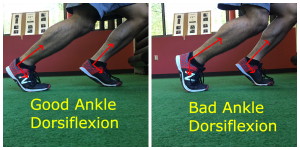
If you don’t think your hip explosiveness out of the bottom position of a 2 point sprint will be affected by your abilities to achieve great toe extension, go and kick a dumbbell on the ground as hard as you can with your great toe leading the way, and tell me how your hip is still not affected.
As such, all of these items must at the very least be considered when identifying “energy leaks” as I believe Dr. Stu McGill called it.
With this in mind, I find it more and more interesting how the thoracic diaphragm is taking up so much press, but the pelvic floor (which can be referred to also as the pelvic diaphragm) is not identified as an issue unless you are a woman.
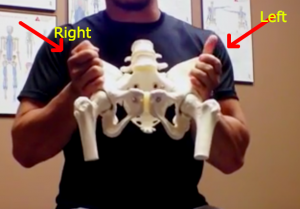
Urinary incontinence, while certainly outside the scope of the fitness industry, does not have to affect only women – it can also affect men. And yes, there are things you can do to help improve or reduce these situations from becoming problematic.
I certainly remember peeing my pants in the 2nd grade, but I don’t recall anyone calmly coming over and telling me I need to improve my pelvic floor muscles in order to avoid embarrassment again. I was just shamed for a lack of control.
And while you’re at it – reducing pelvic floor issues can theoretically improve rate of force production. Say what? Yes – because if there are any energy leaks (and hopefully not literal leaks), then there will be a loss of kinetic energy and inability to absorb force as well (which is important for deceleration).
What Courses Should I Take?
When any young trainer/coach asks me what course should they take, I tell them I can’t answer that for you because I don’t know you.
Would I recommend taking a Calculus I course if you weren’t even introduced to basic Algebra?
Another analogy I use is what occurred in college and swimming classes for me.
In college, I took an Introduction to Swimming class. It was easy, and the instructor made learning the different swimming strokes very fun. So much so, that I decided to take a Swimming II class the very next semester, completely bypassing Swimming I. Probably the worst move to make, because we barely covered the requisite endurance that is necessary found in Swimming I, along with having a whole winter break to not practice this newly acquired skillset that I had. All of these items made Swimming II extremely difficult for me – walking into a class with all former swimmers just looking to take an easy class for the A to boost their GPA, I was the only non-swimmer to take Swimming II. We covered a full 1.5miles first day into class, and more mileage as each class continued.
I got an A, but still, it was taxing physically, and to use a contemporary phrase, the cost of doing business was my exhaustion in the beginning of that semester.
So with all that said, what courses you take should be dictated by your own weaknesses, strengths, and personal desires as well. It’s your money, you can do whatever you want with it (barring hurting people, and you don’t get to say that because Miguel said to do whatever you want, that you did hurt someone).
Knowledge Gains? Or Just Being Old?
On that note, there are tons of different entry points into knowledge. Knowledge just has the notion of being this “thing” that is there. It does not poke out like a bright shiny piece of metal on the ground, nor is it like fireworks that are representative of what people in the industry call the “A-Ha! Moments” or “knowledge gains” that everyone is a fan of saying and using. What is useful to some is merely in one ear and out the other for others – there needs to be an appropriate setting, messenger, and obviously tailored message itself in order to properly learn whatever it is you are trying to learn.
To quote my friend Joe Gonzalez, who he also quoted I believe from a martial arts instructor,
“Knowledge is like dust – you stick around long enough and it simply accumulates.”
In reality, my interpretation of acquiring knowledge is you not only have to stick around, which implies the constant endurance necessary for said accumulation of knowledge, but you also have to have the mindset ready for acquisition of knowledge.
If you go to a course wanting to impress anyone and everyone with your knowledge, chances are you won’t be able to absorb any useful information because you are too busy excreting what is in your brain, that you can’t absorb anything. To paraphrase the story of the Zen master to his future pupil, you have to empty your cup before you can fill it back up.
So, to answer your question on, “What do I think of that course?” My answer is, “Yes.”
Now go do it.



